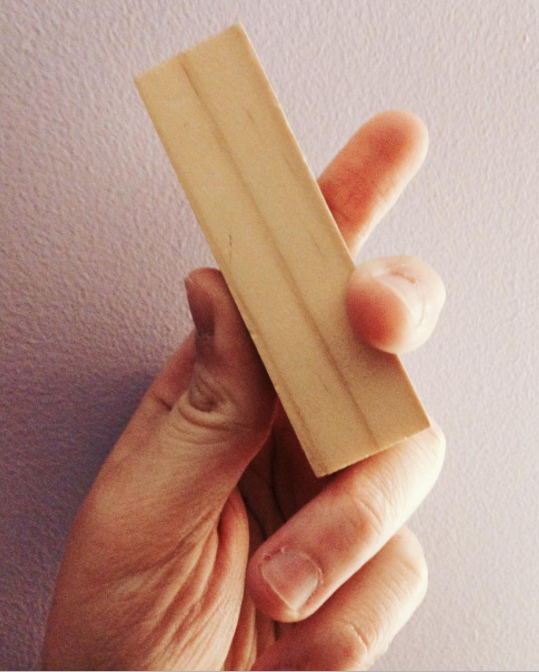A Block
January 3, 2017
I saw the first while selling talent show tickets. Since then, it has not left me.
Flat, rectangular, textured with rough edges and clean cut cornersーit’s a fine maple wood that might have been a possible scrap from Mr. Suesser’s technology classroom. Two weeks ago it was next to one of the glass windows by the wall that faced the commons area. It was easy to miss at first: a small wooden block that sat on the ledge of the window frame.
And I could have simply ignored this useless, pathetic wood object, but just seeing it by itself while I sat in the commons bothered me. Someone had put it there, tucked right next to a sign that read “Pizza sale,” and with black ink had etched a beautiful, red rose. It was very detailed, with intricate flourishes of a pen that must have taken some time to draw. Although it was made with basic art supplies of red and black Sharpies, I was captivated with the vibrant, red glamor of the rose.
As I sat in the commons selling tickets, I would occasionally glimpse at this small beauty. It was a peculiar thing that captured my attention, and it reminded me of the allure of graffiti, how this kind of street art was seen as eye catching and appealing to some, but also as forbidden works of art that were eventually demanded by others to be taken down.
It then occurred to me, that the wooden block that I had become briefly fixed upon was not supposed to be where it was.
Questions stirred in my head: Why was it there? Who put it there? Could I take it?
The next day there were three lined up next to the block I saw, each with unique designs. Then Wednesday there were ten aligned on the window. I realized that what I saw was a little game that the students who hung out at the commons liked to play. It had no name, but the rules were clear: draw your own design on a wooden block, then place it at one of the cafeteria windows, and then watch from afar and admire your deed. The goal of this game was to see how long the blocks stay on the window before they are taken down by the school. This game was a sure favorite among those students at my lunch period; in fact, I even liked to sit and watch them place the blocks in different locations, carefully so that no adult saw their sinful act.
Why wouldn’t I? No one was buying my tickets anyway!
I loved the art on each block, and I dreaded the day that they would disappear. The rose block was my favorite, but I remember other designs. Some blocks had elegant calligraphy with words like “peace” and “love”; some had contoured lines that bent and twisted around the face of the block, creating an abstract pattern on the wood; others had recognizable symbols like a star, a heart, or a Yin Yang circle—there was one I didn’t like; it was a drawing of a bear, but it came out quite ugly and I couldn’t tell it was a bear until I took a good long stare at it.
The blocks were gone the next week, and I was a bit saddened to see these works of art taken down. They were all beautiful in their own ways, each with plenty of time spent on making the designs. And so I am still sad with this, sad enough that I have written this lament on it. Consider this writing of mine to be an obituary of a forbidden game or the tragedy of a lost art.












